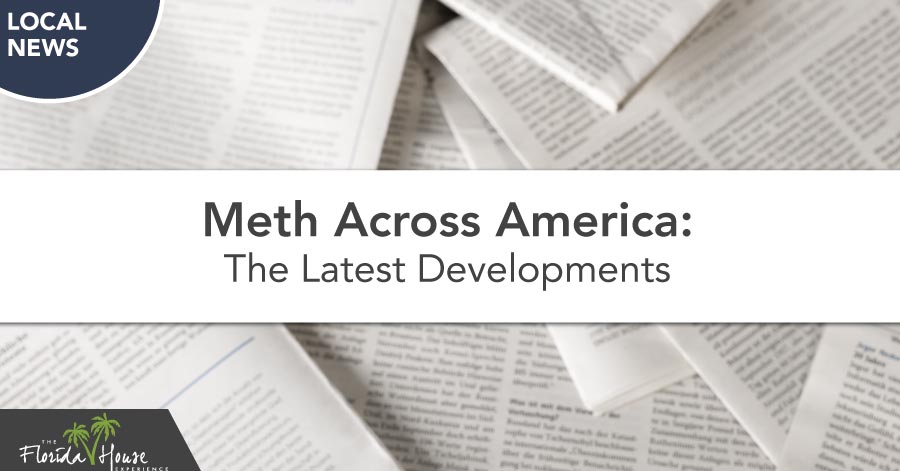
Meth labs have been discovered some unlikely locations, including college dorms, inside cars and even in a resident’s room in a Cleveland-area nursing home. Unsurprisingly, the most common place where drug labs are found is in residential homes and apartments.
Back in the mid-2000s, methamphetamine production was at its peak in the United States, and it’s estimated that tens of thousands of meth labs were operating throughout the country — and only a small percentage of homes that were used to manufacture drugs were ever properly cleaned up. Adding to the problem is the fact that crystal meth use seems to be on the rise again, which means more meth labs will be popping up in residential neighborhoods.
Homes Used to Manufacture Illegal Drugs Making Residents Sick
The prevalence of illegal drug manufacturing in residential properties has created a whole new set of victims: unsuspecting homeowners and tenants who wind up living in a home that was previously used as a drug lab.
Medical professionals have been aware of health hazards that come with methamphetamine exposure for years. Reports of chronic illness among police who worked on drug busts is why law enforcement officials now wear hazmat suits during meth lab seizures.
Symptoms like respiratory problems, mysterious skin rashes, chronic headaches and even central nervous system damage have all been linked to contact with the toxic chemicals used to make meth. To make matters worse, young children are at the highest risk of suffering from serious, life-threatening impacts of exposure to by-products of meth production.
Cleaning up a meth lab is a complex, labor-intensive process that can cost up to $100,000, depending on the size of the house and how widespread the contamination is. The ingredients used to make meth often wind up permeating carpets, drywall and insulation, and the chemicals are usually spread throughout the home via the air ducts.
Washington State Lawmakers Seek to Force Home Sellers to Report Drug Labs to Buyers
In Washington State, legislators have recently introduced a bill that would force home sellers to disclose if a property had previously been used to manufacture methamphetamine or any other illegal drugs.
One of the co-authors of Senate Bill 5391 is Hans Zeiger, senator for the 25th District. He was motivated to take action on the issue when the Gates, who are family friends, unwittingly purchased a home contaminated by crystal meth.
Within 10 days of living in their new home purchased in a foreclosure auction, the Gates family discovered that their house had once been a drug lab. They only learned of the problem when a neighbor told them the previous tenants were meth addicts, which led the Gates to conduct testing that revealed “traces of meth” deep within the structure of the house.
Drug Busts Continue in Residential Areas in Washington State
According to KIRO 7, state officials in Washington expect that the issue of drug-contaminated homes will become more common, particularly since criminals continue to set up shop in residential areas.
Authorities recently executed a major drug bust in a quiet neighborhood in Pierce County that netted a stash of illegal guns and crystal meth, and a multi-site bust in the summer of 2018 yielded a record 95 pounds of meth in the Puget Sound region.
Given the prevalence of meth production and the devastating health impacts that can come with living in a former drug lab, it’s expected that more states will need to pass legislation protecting home buyers.






